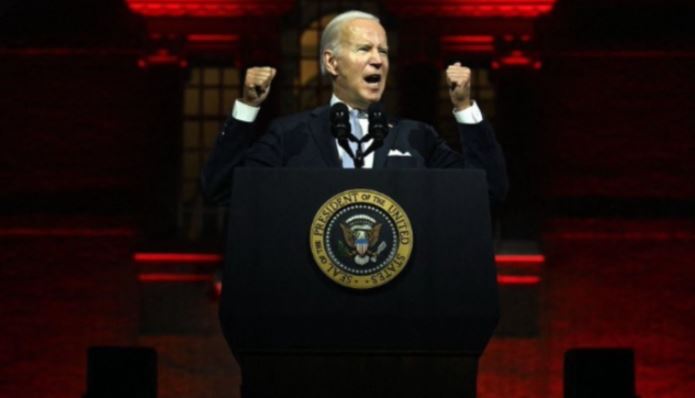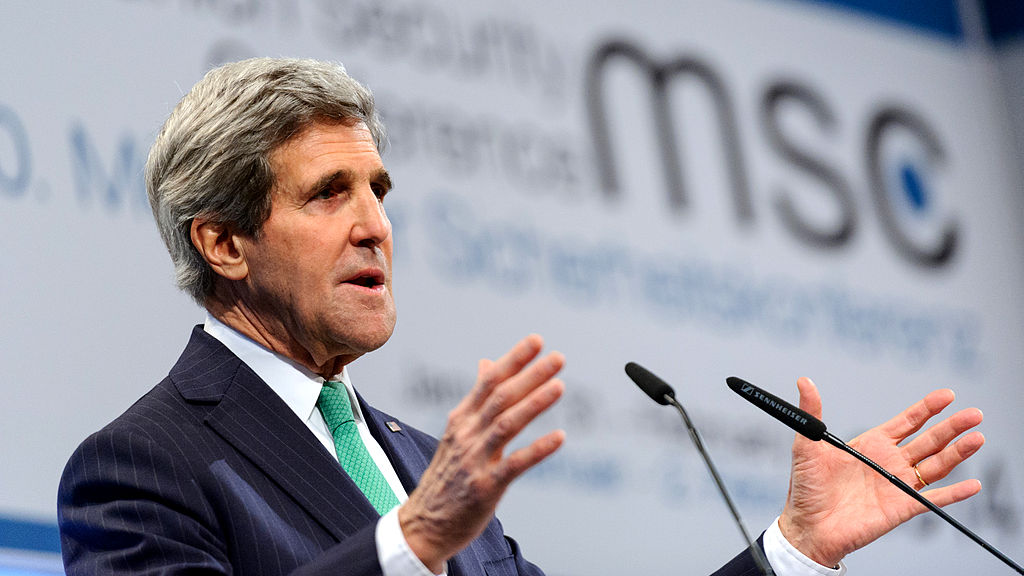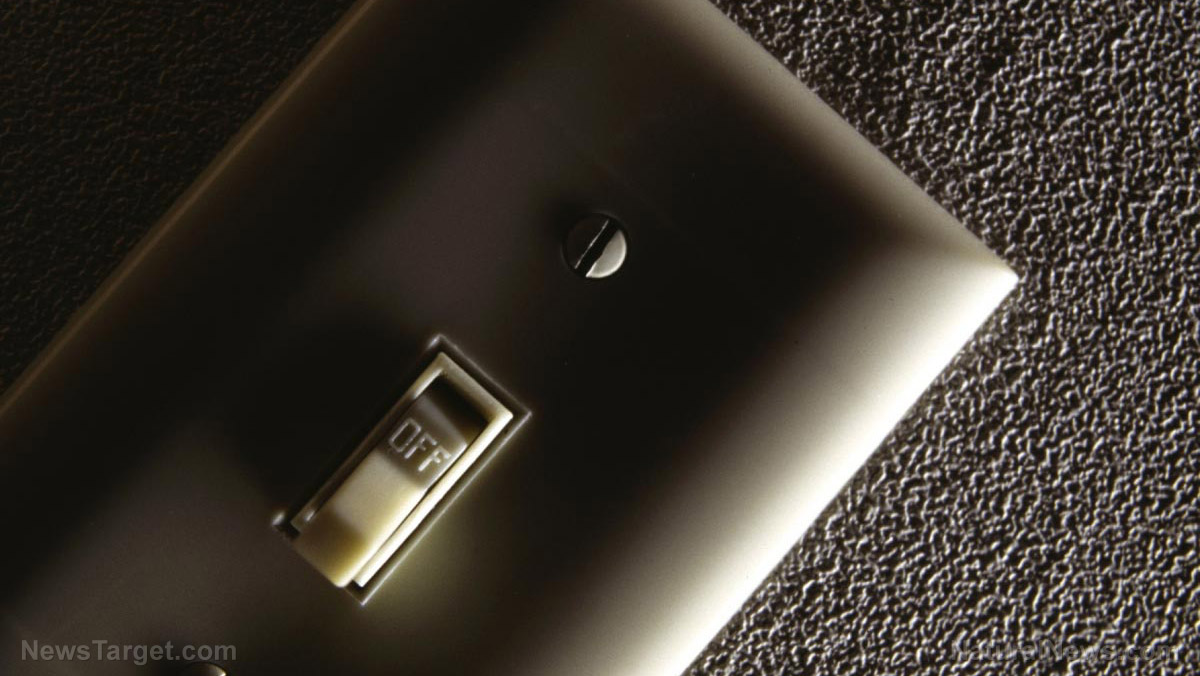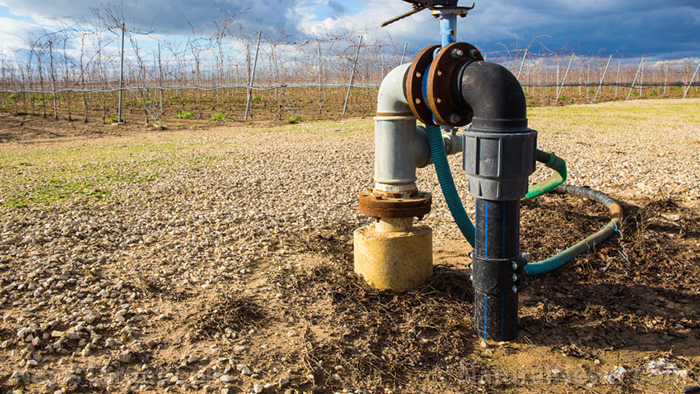The WAR on appliances continues: Biden imposes rule to slash coolant use in air conditioning units
07/16/2023 / By Belle Carter

President Joe Biden’s administration is not stopping at regulating gas stoves and all appliances that are powered by fossil fuels in its massive drive to switch to renewable energy-dependent and electric-powered household equipment.
More stringent rules that reduce the use of coolants used in most air conditioning units and other appliances in the name of fighting climate change are also next in line. The Environmental Protection Agency (EPA) issued a final rule this week that dovetails with the 2020 American Innovation and Manufacturing (AIM) Act to reduce the production and consumption of the said chemicals by 85 percent by 2036. It aims to slash the use of synthetic refrigerant hydrofluorocarbons (HFCs) by 40 percent by 2028 while decrying the chemical as a “climate super-pollutant.” (Related: Biden regime’s war on your appliances just widened with new attack on dishwashers, under guise of ‘climate change.’)
HFCs are widely used as a replacement for chlorofluorocarbons (CFCs) and hydrochlorofluorocarbons (HCFCs) and as refrigerants in most cooling systems, including refrigerators, heat pumps, and air conditioners. Said types of hydrocarbons are known for having properties that deplete the ozone layer. However, while HFCs do not damage the ozone layer, they are potent greenhouse gases that EPA says contribute to climate change.
Meanwhile, Ben Lieberman, a senior fellow at the Competitive Enterprise Institute (CEI) who specializes in environmental policy, wrote in an analysis in 2022 that wholesale prices for commonly used refrigerants had already increased 400 percent since EPA first embarked on the HFC phaseout of the year before that. He wrote: “Service technicians say that replacing refrigerant lost from a leak now costs upwards of $800, about double what it did a year ago. He added that EPA’s HFC quotas would tighten in the years ahead, so the ratchet will keep turning, surely causing homeowners’ bills to increase further still.”

Since the HFC phasedown first began on Jan. 1, 2022, the import and production of HFCs have required special allowances, with EPA saying in its recent announcement that the number of these allowances will experience “a significant decrease.” Moreover, studies have estimated that an HFC phasedown could avoid up to half a degree Celsius of warming by 2100, which mirrored the goal that EPA cited in its announcement.
“The U.S. HFC phasedown program, bolstered by domestic innovation to develop alternative chemicals and equipment, is paving the way for the United States to tackle climate change and strengthen global competitiveness,” Joe Goffman, principal deputy assistant administrator of EPA’s Office of Air and Radiation, said in a statement.
However, the claim that phasing out HFCs by 85 percent by 2100 would prevent half a degree Celsius of warming has been challenged, with critics arguing that this conventional wisdom is based on questionable assumptions and dubious foundations.

(iStock photo)
HFC phaseout makes no sense in reducing greenhouse gas emissions
Back in 2021, Patrick Michaels, a senior fellow at the Competitive Enterprise Institute and Benjamin Zycher, a resident scholar at the American Enterprise Institute, wrote a critical op-ed in the Washington Examiner when EPA first unveiled its proposal to curb HFCs.
According to the duo, the claim that a phaseout of HFCs would reduce future warming by 0.5 degrees Celsius is conventional wisdom. It does not make sense as part of a larger international effort to reduce greenhouse gas emissions, they concluded after performing a calculation based on the EPA’s estimate that slashing HFCs in the United States would eliminate the equivalent of 4.7 billion metric tons of carbon dioxide.
“The 4.7-million-ton equivalent reduction would be 17 one-thousandths of 1 percent, the temperature effect of which would be undetectable,” the two pointed out, emphasizing it has nothing to do with environmental protection, that it “should be rejected,” they argued.
Despite this, the administration’s efforts continue as the drive got a boost in September 2022 when the U.S. Senate voted to ratify the “Kigali Amendment” to the “Montreal Protocol,” indicating a regulation on the production and consumption of the “ozone-depleting substances.” Twenty-one Republicans, including then-Senate Minority Leader Mitch McConnell (R-Ky), voted to ratify in a 69-27 vote. Biden later signed the ratification of the agreement, lauding it as a “historic, bipartisan win for American manufacturing and global climate action.”
Visit ClimateAlarmism.news to read more on how the government has been brainwashing people that climate change is worsening.
More related stories:
CONFIRMED: State and local governments are passing laws and ordinances that ban gas stoves.
House Republicans push back against Biden administration’s GREEN TYRANNY.
New York set to become first state to ban gas furnaces, stoves in new buildings.
WAR ON APPLIANCES: Energy Department announces NEW RULES for air conditioners and air cleaners.
Sources include:
Submit a correction >>
Tagged Under:
air conditioning, appliances, Biden, big government, chlorofluorocarbons, Climate, climate change, climate hoax, Collapse, conspiracy, deception, electricity, energy use, environment, EPA, green agenda, green deal, green energy, green living, Green New Deal, green tyranny, greenhouse gases, HVAC, hydrochlorofluorocarbons, left cult, lies, ozone layer, power grid, propaganda
This article may contain statements that reflect the opinion of the author



















